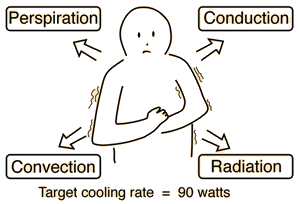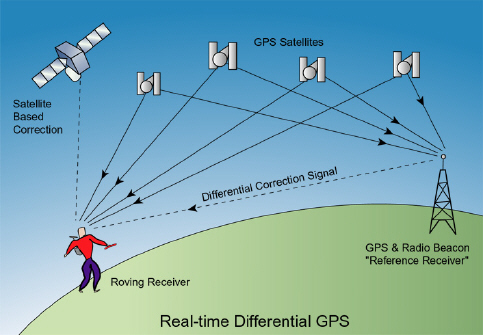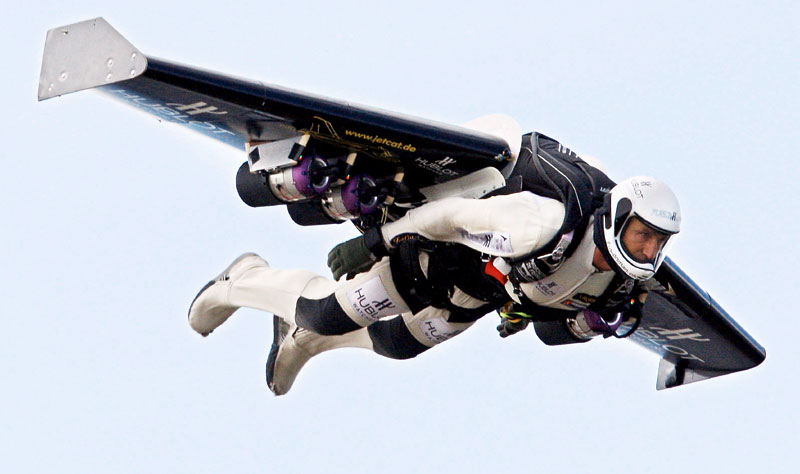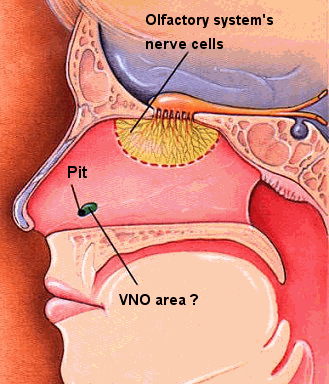 Either way despite the war of film studios and the people who can't afford to keep watching expensive films at the cinema, the format of movies will change again. In recent years the FCC process, led by the Advanced Television Systems Committee (ATSC) adopted a range of standards from interlaced 1,080-line video (a technical descendant of the original analog NHK 1125/30 Hz system) with a maximum frame rate of 30 Hz, and 720-line video, progressively scanned, with a maximum frame rate of 60 Hz. In the end, however, the DVB standard of resolutions (1080, 720, 480) and respective frame rates (24, 25, 30) were adopted in conjunction with the Europeans that were also involved in the same standardization process.The FCC officially adopted the ATSC transmission standard (which included both HD and SD video standards) in 1996, with the first broadcasts on October 28, 1998. In the early 2000s, it looked as if DVB would be the video standard far into the future. However, both Brazil and China have adopted alternative standards for high-definition video.
Either way despite the war of film studios and the people who can't afford to keep watching expensive films at the cinema, the format of movies will change again. In recent years the FCC process, led by the Advanced Television Systems Committee (ATSC) adopted a range of standards from interlaced 1,080-line video (a technical descendant of the original analog NHK 1125/30 Hz system) with a maximum frame rate of 30 Hz, and 720-line video, progressively scanned, with a maximum frame rate of 60 Hz. In the end, however, the DVB standard of resolutions (1080, 720, 480) and respective frame rates (24, 25, 30) were adopted in conjunction with the Europeans that were also involved in the same standardization process.The FCC officially adopted the ATSC transmission standard (which included both HD and SD video standards) in 1996, with the first broadcasts on October 28, 1998. In the early 2000s, it looked as if DVB would be the video standard far into the future. However, both Brazil and China have adopted alternative standards for high-definition video.The human eye and its brain interface, the human visual system, can process 10 to 12 separate images per second, perceiving them individually. The visual cortex holds onto one image for about one-fifteenth of a second, so if another image is received during that period an illusion of continuity is created, allowing a sequence of still images to give the impression of motion. When sound film was introduced in 1926, variations in film speed were no longer tolerated as the human ear is more sensitive to changes in audio frequency. From 1927 to 1930, the rate of 24 FPS became standard for 35 mm sound film.
 High-frame-rate has attracted the attention of camera makers also. Previously confined to specialty, high-end, camera makers like Red, Canon has added support for frame rates up to 60 fps to its upcoming Canon EOS C500 – although the jump from 48 fps to 60 fps is hard to detect, so most high-frame-rate movies will likely settle for 48 fps. While still pricey, high-frame-rate tools will increasingly become cost effective even for independent filmmakers wanting to take advantage of the new technology. Even with some well-known filmmakers like Ang Lee being skeptical, the big money and big names behind 48 fps movies mean it’s here to stay, There is another big reason studios and theater chains will be pushing 3D — money. With increasingly capable home theater setups and Internet streaming competing with theaters, the movie business needs to differentiate its offerings in any way it can. Upgrading theater projectors to 48 fps, even at a cost of several thousand dollars per screen, may pay for itself if it gives theater goers a premium experience. Jackson is hoping that over 10,000 theaters will be high-frame-rate capable by the time The Hobbit releases. Even so, Jackson and Warner Brothers are hedging their bets — the film will be released in six different versions: 2D, 3D, and 3D IMAX — all of them in both 24 fps and 48 fps.
High-frame-rate has attracted the attention of camera makers also. Previously confined to specialty, high-end, camera makers like Red, Canon has added support for frame rates up to 60 fps to its upcoming Canon EOS C500 – although the jump from 48 fps to 60 fps is hard to detect, so most high-frame-rate movies will likely settle for 48 fps. While still pricey, high-frame-rate tools will increasingly become cost effective even for independent filmmakers wanting to take advantage of the new technology. Even with some well-known filmmakers like Ang Lee being skeptical, the big money and big names behind 48 fps movies mean it’s here to stay, There is another big reason studios and theater chains will be pushing 3D — money. With increasingly capable home theater setups and Internet streaming competing with theaters, the movie business needs to differentiate its offerings in any way it can. Upgrading theater projectors to 48 fps, even at a cost of several thousand dollars per screen, may pay for itself if it gives theater goers a premium experience. Jackson is hoping that over 10,000 theaters will be high-frame-rate capable by the time The Hobbit releases. Even so, Jackson and Warner Brothers are hedging their bets — the film will be released in six different versions: 2D, 3D, and 3D IMAX — all of them in both 24 fps and 48 fps. 48 fps also allows for the creation of very smooth slow-motion scenes, simply by double-printing each frame to yield a 24 fps half-speed version. Of course in this case 48 fps could be used just for the scenes which need to be in slo-mo, with the rest of the film recorded in 24 fps. Even for full-speed scenes, 48 fps has advantages. Fast camera moves no longer cause “strobing,” and individual frames are sharper. Action scenes are definitely smoother and more lifelike. These changes may be disconcerting to those used to viewing movies at 24 fps, but new moviegoers could quickly become addicted and not want to go back. Just like the rush to color led to a flurry of colorized versions of black and white classics, we may well see post-production 48 fps renderings of existing movies.3D is one of the driving forces for high-frame-rate movies. By shooting at 48 fps, it’s possible to show 24 fps to each eye through a pair of active glasses, for example. It’s probably no small coincidence that Cameron and Jackson are two of the largest promoters of 3D movies, not only shooting them that way but with Cameron converting his own Titanic to 3D for re-release.
48 fps also allows for the creation of very smooth slow-motion scenes, simply by double-printing each frame to yield a 24 fps half-speed version. Of course in this case 48 fps could be used just for the scenes which need to be in slo-mo, with the rest of the film recorded in 24 fps. Even for full-speed scenes, 48 fps has advantages. Fast camera moves no longer cause “strobing,” and individual frames are sharper. Action scenes are definitely smoother and more lifelike. These changes may be disconcerting to those used to viewing movies at 24 fps, but new moviegoers could quickly become addicted and not want to go back. Just like the rush to color led to a flurry of colorized versions of black and white classics, we may well see post-production 48 fps renderings of existing movies.3D is one of the driving forces for high-frame-rate movies. By shooting at 48 fps, it’s possible to show 24 fps to each eye through a pair of active glasses, for example. It’s probably no small coincidence that Cameron and Jackson are two of the largest promoters of 3D movies, not only shooting them that way but with Cameron converting his own Titanic to 3D for re-release. Improving the time resolution as well as pixel resolution, will not doubt improve cinema to point that it will be almost life like. Action films will have a smooth fast sequences which will be too fast or subtle for people to see, it seems to be the new toy for film makers to use against the illegal downloaders. Expecting quality to out shine lower formats, to win expensive seats back in the Multiplexes. Peter Jackson's The Hobbit will no doubt draw in the crowds, but the future of cinema will need a lot more then a higher quality of video format to ensure continued success.
Improving the time resolution as well as pixel resolution, will not doubt improve cinema to point that it will be almost life like. Action films will have a smooth fast sequences which will be too fast or subtle for people to see, it seems to be the new toy for film makers to use against the illegal downloaders. Expecting quality to out shine lower formats, to win expensive seats back in the Multiplexes. Peter Jackson's The Hobbit will no doubt draw in the crowds, but the future of cinema will need a lot more then a higher quality of video format to ensure continued success.











































